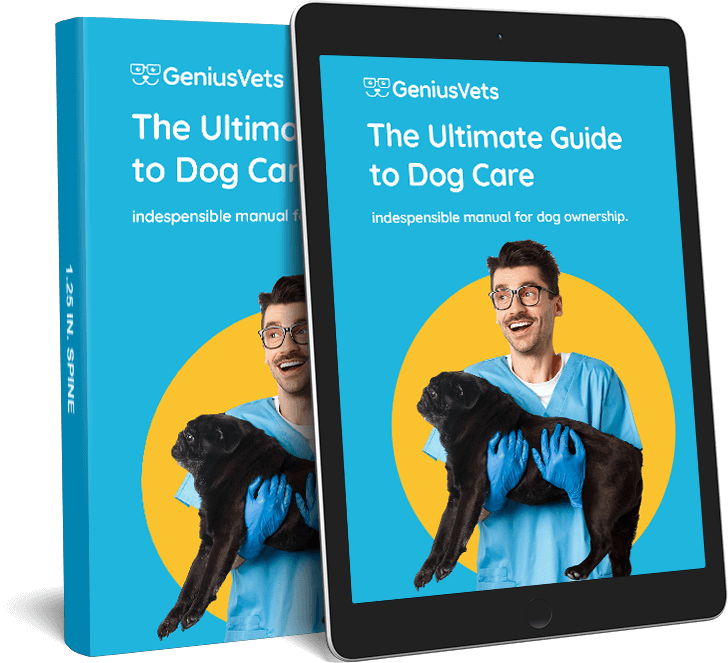If your dog has been showing symptoms like vomiting, diarrhea, coughing, or unexplained weight loss, but the cause hasn’t been pinpointed through standard diagnostics, your veterinarian may recommend a dog endoscopy. Endoscopy is a less invasive procedure that allows a veterinarian to closely examine your dog’s internal systems without the need for surgical intervention. This advanced tool can help identify gastrointestinal or respiratory issues and provide an accurate diagnosis.
What Is Dog Endoscopy and How Does It Work?
Dog endoscopy is a procedure that uses a flexible tube equipped with a camera—known as an endoscope—to view your pet’s internal organs. The endoscope is carefully inserted through your dog’s mouth, rectum, or other natural openings, depending on the area being examined. It’s commonly used to evaluate the stomach, intestines, colon, and respiratory tract. As the camera travels through the body, it captures high-quality images of the organ walls and surfaces, allowing the veterinarian to detect any abnormalities, such as ulcers, tumors, or inflammation.
Additional tools like biopsy forceps or foreign body retrieval devices can be used along with the endoscope to collect tissue samples for further testing or to safely remove obstructions.
Types of Endoscopic Procedures for Dogs
Endoscopy is not a one-size-fits-all approach. Different types of endoscopic procedures are used depending on your dog’s symptoms and the suspected condition. Common forms of endoscopy include:
- Rhinoscopy – Used to examine the nasal passages and sinuses.
- Bronchoscopy – Focuses on the trachea and lungs to diagnose respiratory conditions.
- Esophagoscopy – Evaluates the esophagus for obstructions or inflammation.
- Gastroscopy – Examines the stomach for ulcers or tumors.
- Duodenoscopy – Looks into the small intestine.
- Colonoscopy – Used to check for colon diseases.
- Cystoscopy, Urethroscopy, Vaginoscopy – Evaluates the urinary and reproductive systems.
- Laparoscopy – A minimally invasive procedure to view the abdominal organs.
What Conditions Can Dog Endoscopy Diagnose?
Dog endoscopy is often recommended when standard testing like x-rays or blood work can’t fully explain your dog’s symptoms. It’s a valuable diagnostic tool for identifying conditions such as:
- Digestive blockages
- Stomach ulcers
- Cancerous tumors
- Abscesses
- Respiratory infections
- Inflammatory bowel disease (IBD)
- Foreign body obstructions
- Internal trauma
Endoscopy is also commonly used to detect and remove foreign objects lodged in your dog’s digestive tract, particularly in the stomach or upper intestines.
How Accurate Is Dog Endoscopy?
Endoscopy is considered one of the most precise and effective diagnostic tools for assessing internal issues in dogs. Unlike other methods, it allows veterinarians to see real-time images of the internal structures and collect tissue samples for microscopic evaluation. This makes it easier to pinpoint the root cause of your dog’s symptoms, providing a clearer picture of their overall health and condition.
What Does the Veterinarian Look for During a Dog Endoscopy?
During a dog endoscopy, the veterinarian will look for signs of inflammation, abnormal growths, lesions, or other irregularities in the examined areas. If necessary, a small biopsy instrument will be used to collect tissue samples for further analysis. These samples can help identify conditions like cancer in your pet or infections that might not be visible through imaging alone.
How Is Your Dog Monitored During an Endoscopy?
Your dog’s safety and comfort are top priorities during an endoscopic procedure. Because an endoscopy requires anesthesia, your veterinarian will perform a thorough blood workup before the procedure to ensure your pet can handle the anesthesia safely. During the exam, your dog’s vital signs, including heart rate, temperature, oxygen levels, and respiratory function, will be closely monitored by an experienced veterinary technician or assistant.
What Should I Expect After a Dog Endoscopy?
One of the main benefits of endoscopy is that it’s a minimally invasive procedure, which means recovery time is usually quick and easy. While every dog responds to anesthesia differently, most pets recover within a few hours. Some may be a bit groggy for up to a day, but serious complications are rare.
After the endoscopy, your veterinarian will provide specific post-procedure care instructions. This typically involves making sure your dog rests in a safe environment and providing any medications prescribed to manage underlying conditions. If tissue samples were collected, you may receive additional follow-up instructions once the results are back.
Have More Questions About Dog Endoscopy?
If you have further questions about dog endoscopy, reach out to your veterinarian. If you don't have one yet, we can help you find a local veterinarian!


The Ultimate Guide
to Dog Care
This free guide is an indispensable manual for dog ownership. Filled with veterinary advice and recommendations on every important topic at each stage of your dog’s life, this is all the stuff that responsible dog owners need to know. That is why we are making it free!
